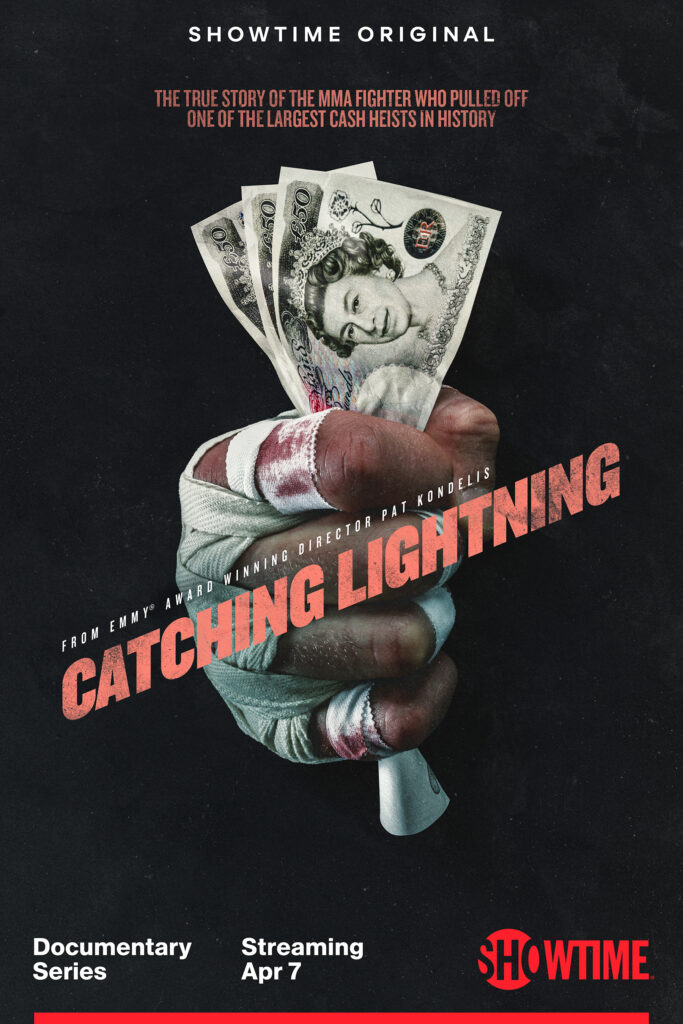 Hands down, the honor goes to St. Sebastian. Tied to a stake – or sometimes to a tree – Sebastian is never depicted as anything less than young and beautiful, a precursor to the ethereal beauty of Wilde’s Dorian Gray.
Hands down, the honor goes to St. Sebastian. Tied to a stake – or sometimes to a tree – Sebastian is never depicted as anything less than young and beautiful, a precursor to the ethereal beauty of Wilde’s Dorian Gray.
What’s so disturbing – or hot, depending on your mindset – is the juxtaposition of death against that useless beauty, because Sebastian is almost always depicted at the point of his martyrdom: bound and shot full of arrows, the perfection of his alabaster flesh marred only by the bleeding wounds. His face retains a glow of serenity, sometimes disinterest, and more often than not an almost pre-orgasmic ecstasy. It’s as though, yes, this moment of immolation is inextricably tied-up with his desire. Death and le petit mort become one. The homoeroticism can’t be denied: St. Sebastian is an S&M fantasy come to life.
Poor guy. All he did was convert a few prisoners to Christianity. Unfortunately, that happened to draw the ire of Emperor Diocletian and Sebastian was doomed from that point forward. What intrigues me, however, is how many painters and sculptors were continually drawn to representing the duality inherent in this sainted archetype.










